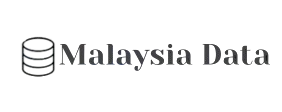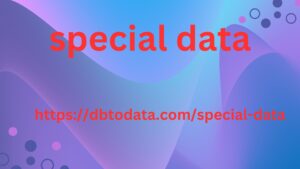To help businesses ensure product consistency and quality, increase work efficiency and minimize risks during work performance. Iii. Types of guidelines guidelines come in many forms and are used in different fields. Here are some common types of guidelines: – design guidelines : include regulations on how to design products or services, to ensure consistency, quality and create appeal for users. – content writing guidelines : includes instructions on how to write content for articles, reports or documents in the media, to ensure logic, clarity, accuracy and readability. – seo guideline : includes rules and instructions for optimizing websites or articles, helping to increase search capabilities and provide better search results on search engines.
Marketing guideline includes
Regulations and instructions for building effective marketing strategies to attract customers, increase sales and enhance the brand. – production process guideline : includes instructions on how to perform steps in the production process to ensure product quality, labor safety and cost savings. – labor safety guideline : includes regulations and instructions to ensure safety for workers during work. – food safety and hygiene guideline : includes regulations and instructions on food hygiene and safety to ensure consumer health. Accordingly, depending on the field and purpose of use, guidelines can be built with different regulations, standards, and instructions.
How to comply with the guideline?
To effectively follow the guideline, you can take the following steps: 1. Read and understand the guideline carefully: read and learn the regulations, standards and instructions in the guideline. If you have any questions or difficulties, you need to discuss with experts or experienced people to answer. 2. Apply the guideline to your work: after understanding the guideline, you need to apply it to your work and strictly follow the regulations and instructions, avoiding violations or omissions. 3. Check and evaluate: regularly check and evaluate your work to ensure that it meets the regulations and standards in the guideline.
If you find any violations
You need to correct and redo the work. 4. Continuously update: guidelines are often updated to suit the reality and requirements of the job. Therefore, you need to constantly update and refresh your knowledge to apply the guidelines effectively. 5. Seek support: if you have difficulty business owner database following the guidelines, seek support from experts or experienced people to help you solve the problem. Please note that compliance with guidelines not only ensures consistency, quality and efficiency in work, but also helps you avoid legal risks and ensures the reputation of your organization or business.
Memos have been around for a long time
When written communication was widely used in business and politics. However, memos only became popular in the 20th century. When large companies and organizations started using them to quickly and efficiently send information between departments and employees. With the development who is shaping the future of science? examining the salient gender inequality in scientific leadership of technology, the emergence of email and other media, memos are no longer as commonly used as before, however, they are still used in certain cases, especially in large organizations and businesses. » reference: what is a webinar? I. Introduction to memo memo is short for “Memorandum”.
Memos are often used in office environments
Send information between departments or between employees in the same department. Memos can be used to announce new information, request action database d from the recipient. Or offer suggestions, opinions, or advice on a particular issue. Memos are typically brief in format, with a clear title, body, and are often signed and dated. Ii. Memo classification here are some common types of memos: – notification memo: used to notify about events, changes or updates to policies, procedures, regulations, etc. – request memo: used to request or suggest a specific action from the reader, such as asking to solve a problem or proposing to undertake a new project.

